The new system is based on standards for vehicle networking, such as IDB-1394 and Media Oriented System Transport (MOST) standards, as well as Fujitsu's new SmartCODEC encoding technology.
This article refers to the address: http://
A new generation of in-car entertainment systems with very high video quality, rear seat audio quality and occupant display quality are slowly and tangibly coming into view. The world's leading automakers are developing prototypes that may not be available until 2008 at the earliest. According to standards such as IDB-1394 and MOST, the network standards required for these applications - such as rear seat entertainment systems and real-time cameras - require high bandwidth and optimal quality of service.
Figure 1 shows a basic overview of Nissan's prototypes in its in-vehicle network, which describes a network using the IDB-1394 standard. By providing up to 400 Mbps of bandwidth, IDB-1394 can meet the demand for multimedia networks for video and audio.
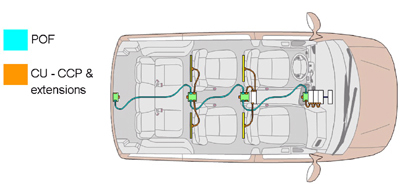
Figure 1: Network diagram provided by Molex.
IDB-1394 is a network protocol that meets the bandwidth requirements of these in-vehicle multimedia applications. The IEEE standard 1394b-2002 defines an extension from 100 Mbps to 400 Mbps for the physical layer and defines the ability to connect different system nodes without the need for repeaters at distances up to 100 meters. With almost 400 Mbps of available bandwidth, the network can connect countless communication channels on a single harness, serving DVD players, PCs, handhelds and related peripherals. IDB-1394 also allows for the transmission of multiple audio and image content that can be split and transmitted simultaneously on different logical channels.
Considering the temporary options, the IDB-1394 protocol provides different types of transport packets with synchronous channels (real-time) to guarantee the defined bandwidth and payload latency, and the typical use is to move the asynchronous channels of user commands. The video and its associated audio content are routed through a synchronization channel along with the audio signal that is synchronized with the image data at the receiving node.
Any type of channel can carry a Transport Stream (TS) in the form of raw or encoded data. Both encoding and decoding functions are not part of the IDB-1394 standard, see the solutions below. Here, the main processor is not required, as other standards such as USB are almost always used. In IDB-1394, the transport stream enables the protocol processor to be independent of the main processor.
The network uses a ring structure. Cutting off any but only one branch within the network will not cause system failure and will not cause any other type of video transmission quality to deteriorate. Thus, the inherent feature of IDB-1394 is its highly reliable system availability. In the demonstration network, two DVD streams encoded as MPEG2-TS are fed into the network for acquisition by any receiving node at any time, allowing the rear seat passengers to be randomly selected.
IDB-1394 controller
In order to implement an in-vehicle network, a dedicated, standards-based controller is required. An IDB-1394 controller called MB88387 developed by Fujitsu of Japan is specially designed for the rear seat entertainment system. It is a single-chip solution consisting of a physical layer and a data link layer. The audio/video protocol processing it supports includes Digital Transfer Copy Protection (DTCP) developed by industry leading companies such as Sony, Intel and Hitachi and others to eliminate illegal copying of copyrighted content.
The MB88387 IDB controller features a block diagram as shown in Figure 2, which can transmit and receive payloads and commands using three paths. The arrow at the bottom of the figure is seen as MPEG2-TS, indicating the path of the video data transport stream (TS). It is usually encoded as MPEG2. The device provides two TS interfaces for routing data to a local application via a DTCP unit. From there, the two bridges are connected to the link layer implementation of the IDB controller. Finally, the transport stream is routed to the dual-port physical layer implementation.
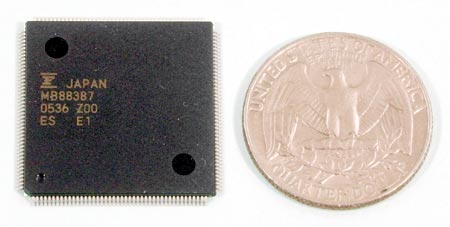
Figure 2: MB88387 controller module.
These 1394b-compatible ports drive the line to the next node. The bus speeds they support are compatible with the various physical layer specifications of the 1394 standard, including the S100, S200, and S400 physical layer specifications. This module is called "PHY/LINK Layer Control" and is used to ensure that the full IDB-1394 data stream is copied between the two ports in full duplex mode.
A network based on the IDB-1394 standard requires only a simple ring structure composed of wire harness connections. Other protocols typically require point-to-point connections or even different routes for command transmission and analog audio. Through the IDB-1394 specification, the versatility of IDB-1394 effectively eliminates the deficiencies of these additional bus systems.
Use of IDB-1394 controller
The MB88387 controller provides a synchronous audio interface, two channel MPEG2-TS video interfaces, and an asynchronous command interface. The interface works in parallel. With the second synchronization channel, the video signal can be fed to different transport stream interfaces. The audio stream can be fed into an I2S interface through a 2KB FIFO buffer. This buffer does not depend on A 2KB FIFO buffer assigned to the video stream. The audio stream, as indicated by the middle arrow in the block diagram, can be processed through different channels.
For the instruction interface, an asynchronous transfer channel is used. The main processor interface is buffered by two 512-byte FIFOs for reception and transmission. For all data types, parallel processing is possible because of the different buffers. It is even possible to process two streams simultaneously, for example, digital TV and DVD video signals can be transmitted in parallel, and the corresponding audio signals are transmitted by different channels.
At the receiving end, the video and the respective audio streams need to be resynchronized according to the transport stream. Before transferring the data to the DTCP unit, the first step is to call the bridge A/B to combine the matched audio and video content into isochronous packets.
In the second step, the TSP-IC interfaces synchronize these packets according to their timestamps. The TSP-IC unit superimposes the time stamp onto both the MPEG2-TS and the audio stream during transmission. Audio and video streams are automatically separated and reassembled. The packet header is also automatically stripped. Buffering all of these data streams ensures continuous transmission.
IDB-1394 based rear seat entertainment system
The MB88387 supports the design of the rear seat entertainment system (RSE), as shown in Figure 3.
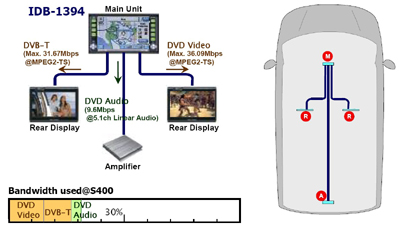
Figure 3: Rear seat entertainment system.
The system consists of a main unit (M) on the front panel, two rear-seat displays (R) and an amplifier. The main unit—which usually also includes the navigation system—provides DVB-T, DVD-Video, and DVD audio signals. All sources can be randomly selected by the rear seat passengers because all data can be transmitted in parallel at all times. A DVB-T signal that is converted to a string of MPEG2 transport streams - providing approximately 30 simultaneous programs - requires approximately 32 Mbps of bandwidth. Linear PCM audio signals require less than 10 Mbps of bandwidth.
In this example, all bandwidth allocations require only about 30% of the available bandwidth of the S400-class IDB-1394 network, leaving a large amount of memory for adding DVD sources, installing PCs, storage peripherals, or handheld devices on the same network. bandwidth.
IDB-1394 Development Kit
How to start design with reasonable efforts? To this end, the development kit is a suitable tool. Typically, users need to build a system similar to the one shown in the block diagram. In order for the design engineer to start designing, a basic software package is also needed.
The development kit (see Figure 4) can be configured as a receiver or transmitter. On the left hand side, you can connect a DVD player and feed the A/V signal to the transmission node. The development kit provides an on-chip Fujitsu MPEG2 encoder and decoder (MB83691 and MB86H22 (SmartMPEG)) for creating and decompressing MPEG2-TS, which is sent along the IDB-1394 network. At the receiving node, the transport stream is decoded again. An LCD panel is connected to the receiver to display video data.

Figure 4: Development kit.
Although the main system—including the MPEG2 CODEC—is located on a larger motherboard, the IDB-1394 controller device is located on the interposer board. This means that the same environment can support future 1394 devices developed for these in-vehicle video applications.
IDB-1394 Demo Network
The IDB-1394 demo network is similar to the basic IDB-1394 network created with two development kits. This time there are four nodes installed on the network. The system block diagram of the network display shown in Figure 5 contains two data sources, as well as two DVD players and two displays acting as backseat data receivers.

Figure 5: IDB-1394 system.
The network uses a ring structure. Cutting off any but one branch within the network will not cause system failure and will not cause any other type of video transmission quality to deteriorate. Thus, the inherent feature of IDB-1394 is that it has a certain level of system availability. In the demonstration network, two DVD streams encoded as MPEG2-TS are fed into the network for acquisition by any receiving node at any time, allowing the rear seat passengers to be randomly selected.
There are some different requirements for the design of the rear seat entertainment system compared to a real-time camera system that provides a rear seat view to the vehicle driver in real time. Figure 6 shows an example of a future rear seat entertainment system application that supports enhanced codec functionality. In a rear seat entertainment system using the MB88387 as a 1394 controller, it is necessary to add an MPEG encoder and decoder at each of the different nodes.
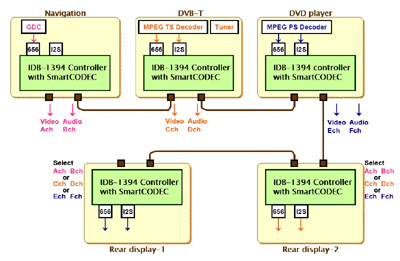
Figure 6: RSE network with SmartCODEC.
These are all needed to connect a DVD player to all rear seat displays. The added hardware units appropriately increase the overall system cost, but they solve the problem of a large delay in video signal due to potential defects in MPEG encoding and decoding - a delay time of approximately 200 to 300 ms.
This rather large delay can be felt by the human eye, especially when the user selects an operation on the menu display, and the corresponding action is delayed for an apparent period of time. In special cases, the real-time image provided by the rear-seat camera makes the image unusable due to the large delay.
SmartCODEC can solve coding/decoding problems
In order to avoid such a bottle diameter, SmartCODEC can be implemented in the system as an IDB-1394 controller, which can transmit DVD video, digital TV and navigation images without any external MPEG encoder and decoder. With new, more efficient and creative codec algorithms, raw data in the form of YUV digital signals and RGB digital signals can be compressed by 2/3. The algorithm is designed to meet the needs of real-time transmission, and opens up more opportunities for integration into the same IDB-1394 bus system for legacy systems that do not have an MPEG2-TS interface.
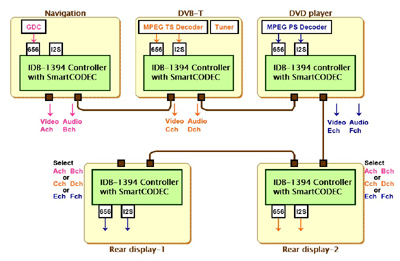
Figure 7: RSE network with SmartCODEC (repeated for clarity).
SmartCODEC
In the fourth quarter of this year, Fujitsu will introduce a new IDB-1394 compatible controller and a class of codecs that have almost no video coding loss - SmartCODEC. It compresses and decompresses YUV signals and high-definition RGB signals, as these signals are often used in navigation displays.
The codec has an encoding and decoding time of between 2 and 3 milliseconds and compresses the component video at a constant 1/3 compression ratio according to the BT.601 standard. The average video transmission rate generated by SmartCODEC is only 1/3 (in Mbps) when SmartCODEC is not used. There is almost no loss in compression, providing high quality images for natural images and line drawings. It uses only line memory, not frame memory.
This CODEC will bring two useful benefits to the design engineer. The new application of the in-car entertainment network – the real-time camera system in the Nissan prototype in Figure 1 – will be practical. Also, existing applications like the rear seat entertainment system can be built at a lower cost than is currently possible.
In-vehicle entertainment and information systems technology will continue to evolve, and new integrated circuit technologies will be applied to prototyping and vehicle production.
Why choose us?
1) We offer a great variety of goods with all kinds of quality that can meet the requirement of most markets in the world.
2) For all your inquires about us or our products, we will reply you in detail within 24hours.
3) Quality inspection in random before shipping assures products reliability with technical data.
4) Professional sales team,engineer team,and good after-sales service.
5) Any defective products within warranty will get maintenance or replacement unconditionally.
6) Protection of your sales area,ideas of design and all your private information.
7) OEM & ODM are welcomed, OEM brand is available.
Philizon enjoys a high reputation in grow led lamp and Aquarium Led Light fields throughout Europe and America, Philizon also insists on taking high technology to design the newest&best led grow light and Led Reef Lighting constantly as the market request. Our R&D team with more than 10 people has rich experience in appearance design, electronic structure,heat dissipation simulation analysis, optical lens design, lightcontrol system etc. Most of our hydroponics full spectrum Led Grow Lighting and Led Reef Lighting are private modules,we have 10 more design patent and utility model patent till now.
Our Led Reef Lighting is popular in led market, cause its elegant outlook and its high quality and competitive price.
Key Features
1.The lifespan is over 50000 hours,low maintenance costs.
2.Energy conservation,saving over 80% energy than the traditional HPS.
3.High light efficiency,90% of the light will be absorbed by the aquatic plants,while just 8%-10% to the HPS.
4.Build-in cooling system,could solve the heat dissipation excellently.
5.Built-in power supply, CE approved, No setup required, just simpler and safer plugs directly into AC85V-264V, no reflector & ballast needed.
Item Display
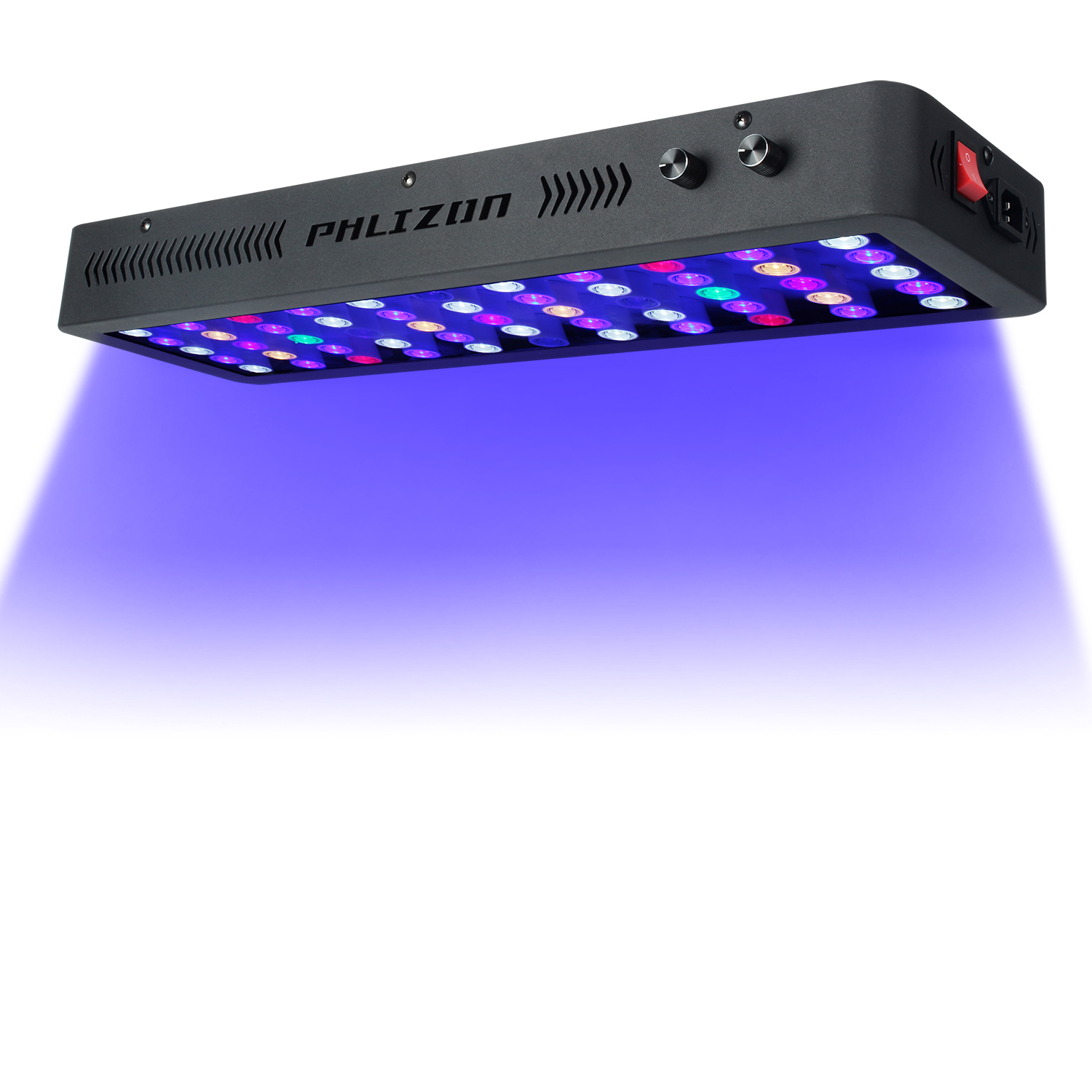

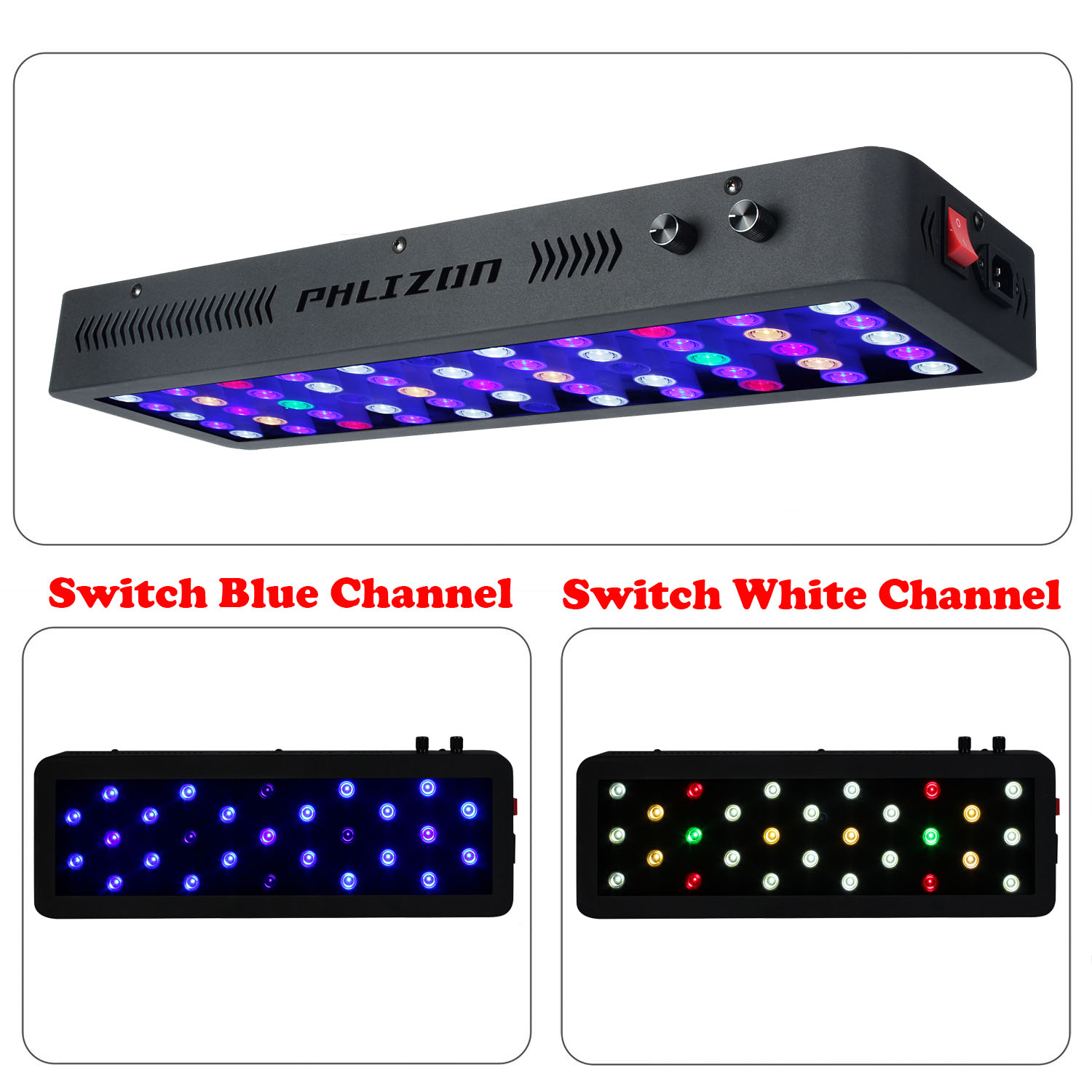
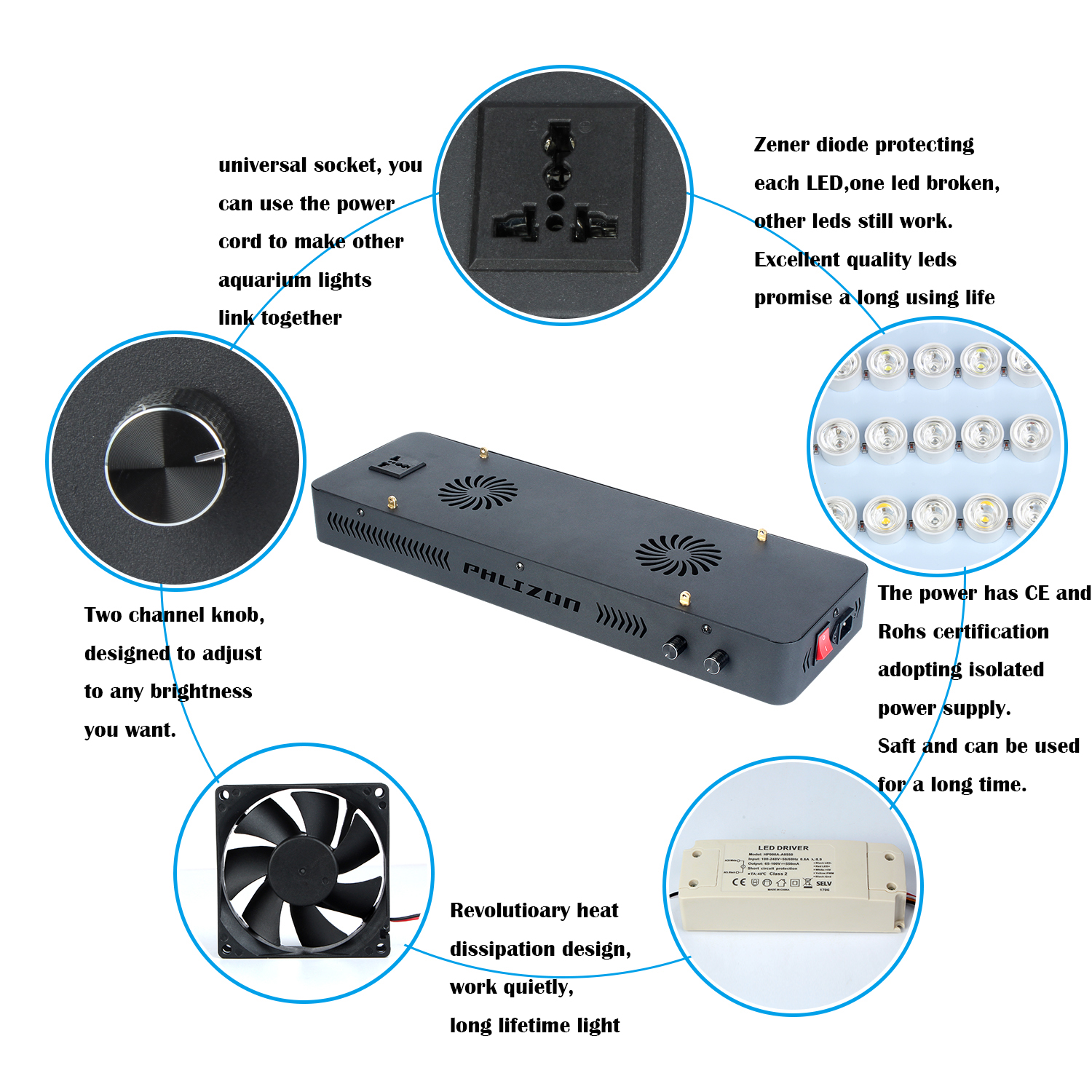
Convenient in using lights at the same time.
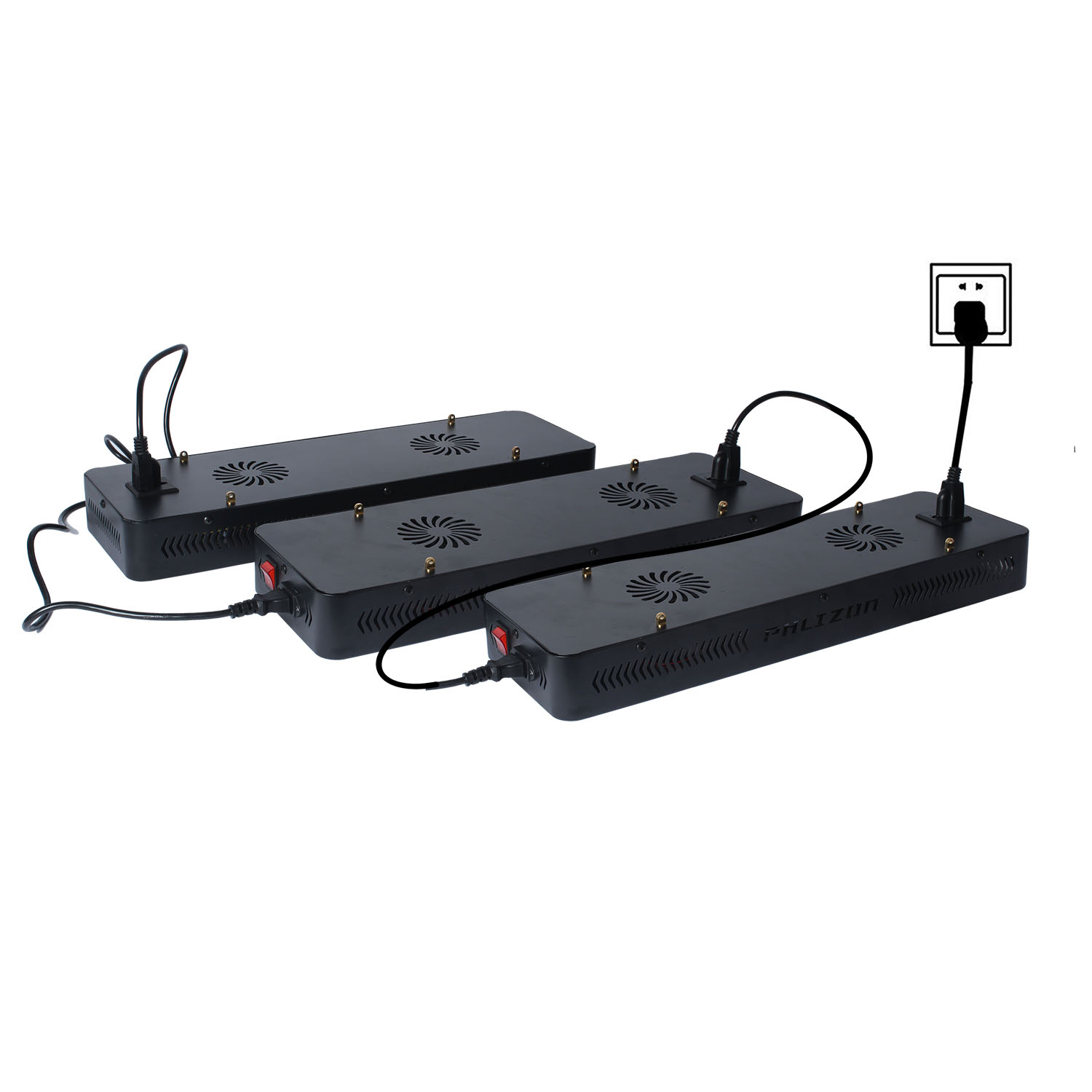
Package Include
1 X Free Hanging Kit
1X Free Power Cord
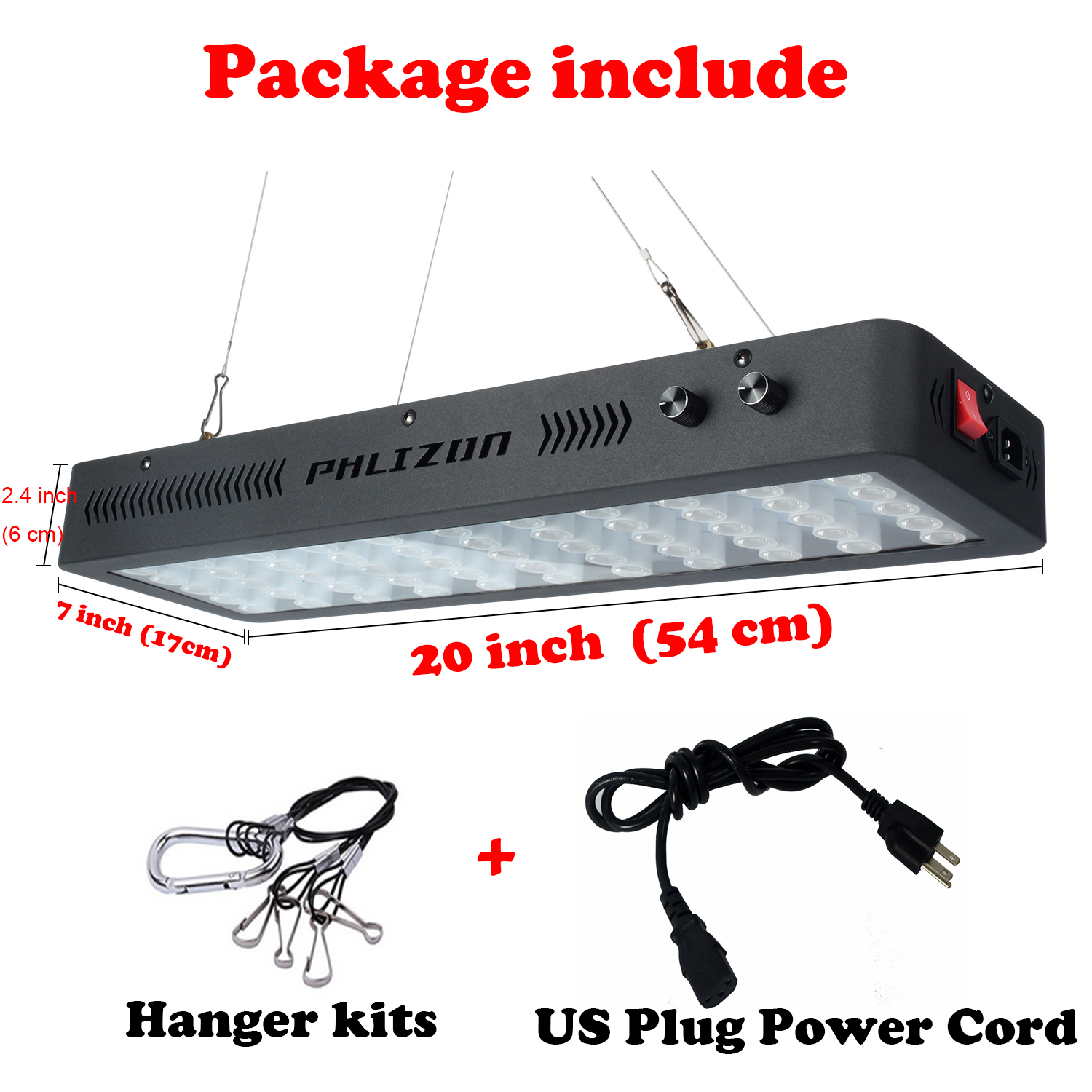
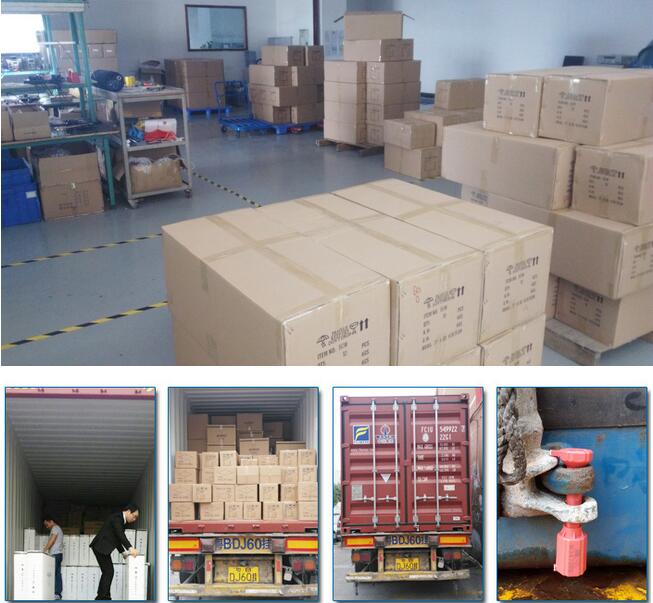
Quality Control systems and after-sales

All the lamps have passed strict quality examination and are packed carefully before shipping. In order that our customers get high quality lamps, we attach importance to every details.
Application
1. coral reef lighting,fish tank lighting,coral reef tank lighting
2. Aquarium Lighting ,aquarium art,aquarium shop,aquarim centre
3. fish bowl lighting,fish lighting,freshwater lighting,saltwater lighting
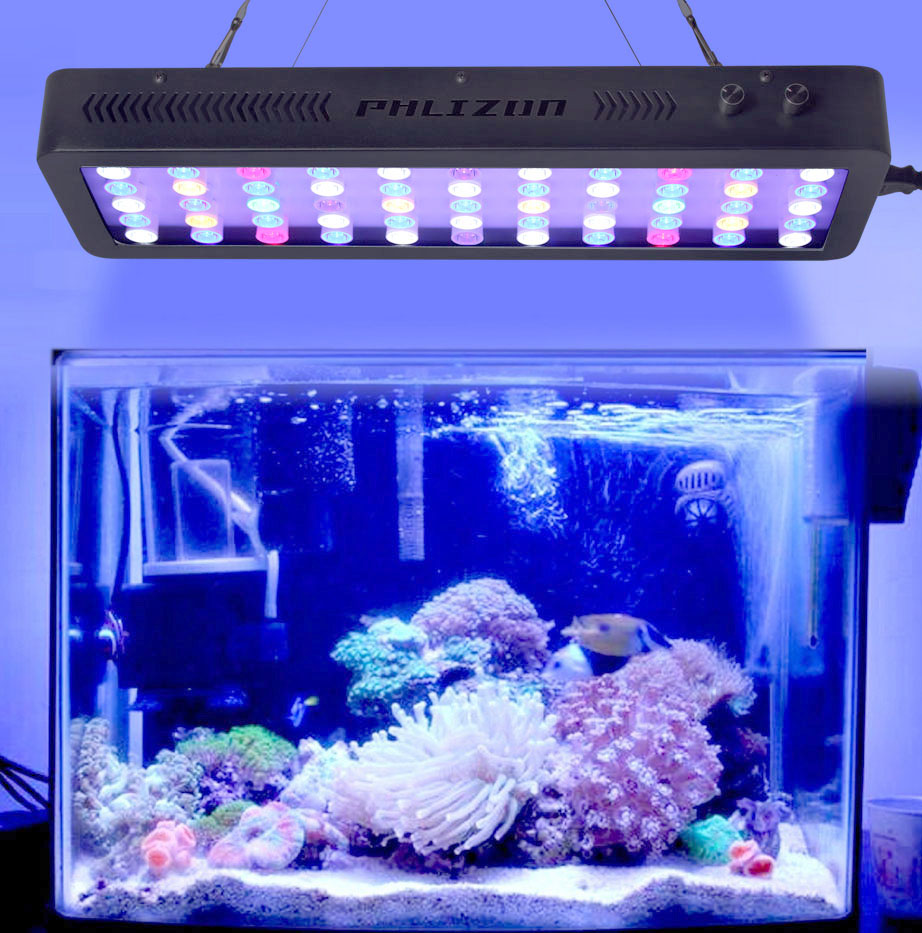
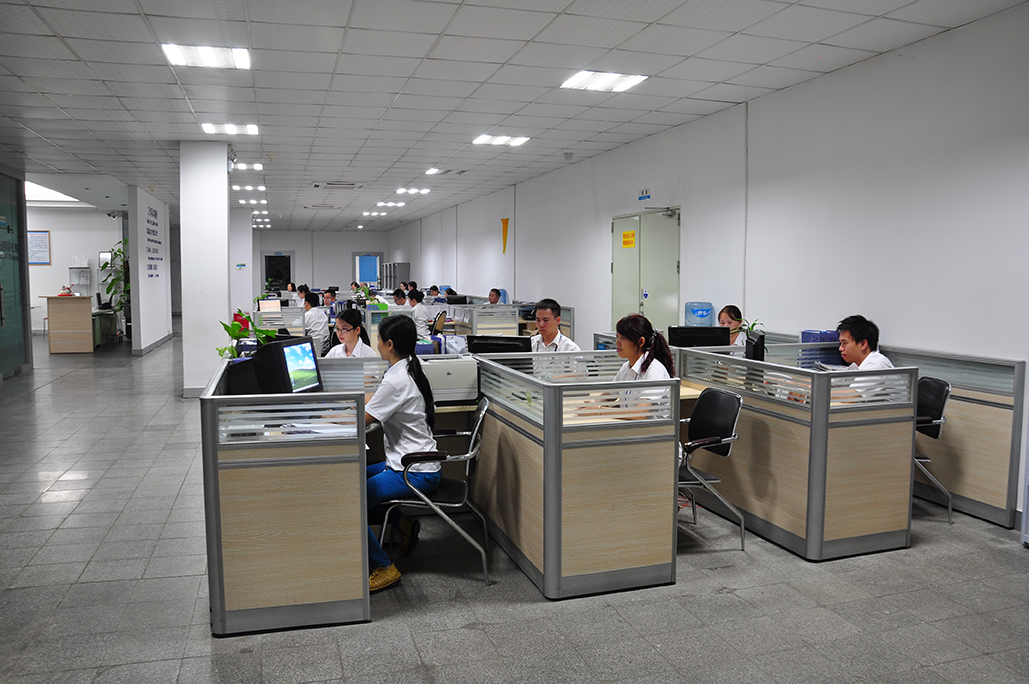
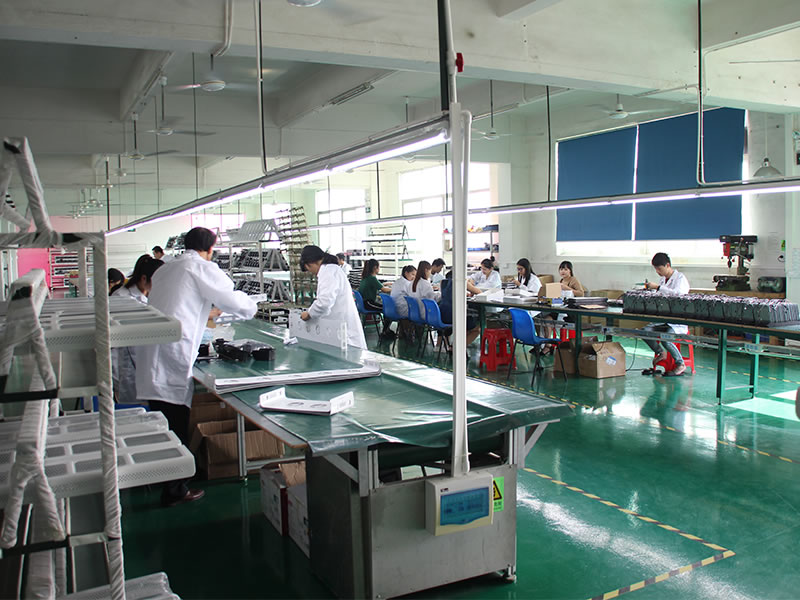
Philizon Advantages
Professional: we are professional LED Grow Lights and Led Aquarium Light manufactuer here in China,you will get Professional and High quality Led Grow Lights and Led Reef Lighting from us and get good guarantee.
Cost-effective Price:we don`t have the lowest price,but the Led Reef Lighting you get from us really cost-effective,good quality & decent price.
Win-win situation:Long term business is our mission,we will provide good Led Reef Lighting and warming service to build a long-term business relationship with you
24/7 unlimted customer service: we are always here for you for your question,any question just email us or call us,we do our best to help you all the way.
Long term warranty: Don`t worry about the quality and we guarantee you 3years warranty for all the Led Plant Grow Light and Coral Reef Led Aquarium Light.
Best buying experience: you will get the tiptop serive you have ever had,just have a try and you`ll see.
Trade Terms
Payment: T/T, L/C, Paypal, 30% deposits before production, 70% balance to be paid before deliverying(Western Union are welcome)
Sample will be delivered within 7 working days.
Discounts are offered based on order quanlityes.
MOQ:sample order are acceptable
Delivery ways:DHL,UPS,FedEx,TNT, door to door,by sea,by air,etc.
Our products ranges:
LED plant grow lights for agricultural lighting;
LED aquarium lights for fish tanks,corals,saltwater tank,marine tank with reef,coral,sps,lps,fish,etc;
Warmly welcome to take a visit on our factory at any time and we will pick you up at the airport in Shenzhen.
Led Reef Lighting
Intelligent Aquarium Light,Top Quality Led Aquarium Light,Led Aquarium Light Coral Reef,Coral Reef Led Aquarium Lighting
Shenzhen Phlizon Technology Co.,Ltd. , https://www.philizon.com
![<?echo $_SERVER['SERVER_NAME'];?>](/template/twentyseventeen/skin/images/header.jpg)